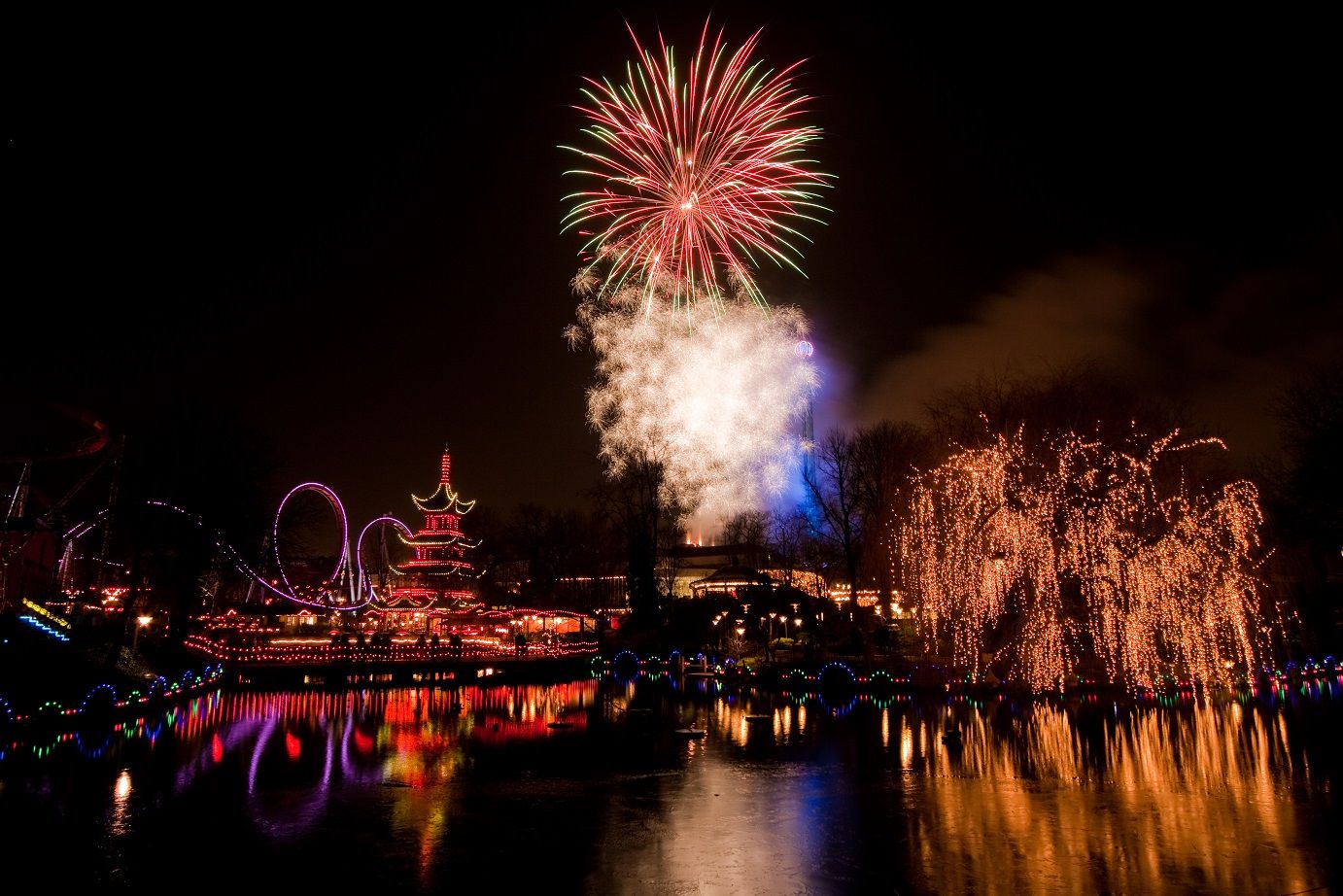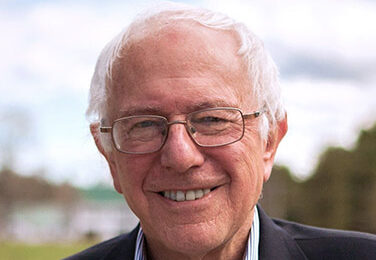New Year’s Eve in Denmark is steeped in tradition. Whether you’re hosting or attending a party, in the city or the country, with old or young friends, there are a few unshakeable elements at the core of a real Danish nytårsaften.
Here’s how to celebrate like a Dane:
Watch the Queen’s New Year’s Eve speech
At 1800 on New Year’s Eve, Danes gather around the TV to watch the Queen’s annual speech to the nation.
King Christian IX began the tradition for the monarchic end-of-year address in the 1880s. But when the speech was broadcast nationally on the radio for the first time on 31 December 1940, it fell to then-Prime Minister Thorvald Stauning to deliver the words.
That year, Stauning was strikingly pessimistic, outlining the “prominent difficulties” facing wartime Denmark as it strove to remain a “neutral state” despite the “strife and grief” beyond its borders.
In 1959, the New Year’s Eve speech was aired on TV for the first time – and every year since 1972, Queen Margrethe II has delivered the address.
Her 11-to-13-minute broadcast never deviates from the familiar tableau: lipsticked and bespectacled monarch and a few prompting papers at a flower-adorned desk in the royal study of Amalienborg Palace.
But while the mise en scene is consistent year to year, the content of the speech is varied and provocative.
As the Queen’s only direct address to the nation, media commentators and the public tend to grant it a little more creative licence than the Prime Minister’s which customarily follows on New Year’s Day.
In the wake of the 9/11 terrorist attacks in 2001, for example, Queen Margrethe reflected on the proudly open Danish society – and its consequent vulnerability. “We cannot close our eyes to that; but it is important that we do not succumb to fear. Of course we must be awake; but we must not lie sleepless,” she said.
After the European refugee crisis began in 2015, she made it clear that “it is our responsibility to help”, and mused: “it is a big task… how many can we help and how do we best help? I would like the new year to be a good year for everyone who now has to settle in Denmark.”
In between reflections on international relations and the Danish mindset in a global context, she frequently doles out timeless advice like: “don’t be too worried about the children. We can’t hold them in our hands all the time. We must give them space and not protect them so zealously that they never gain any experience.”
Or, as she did in 2022, she may address generational conflicts brought on by global shifts like climate change: “Young people are outraged at the parental generation and are making demands. The tone can sometimes be sharp. But it is natural that young people question their parents’ way of life. It is also healthy. It gives everyone something to think about,” she said.
Queen Margrethe’s 2023 speech will air at 1800. You can watch along here.
Watch Dinner for One
This short black and white film from 1963 is a must on NYE – not only in Denmark, but in several other European countries including Germany, Austria, Switzerland, Sweden, Finland and Estonia.
Dinner for One, which has aired on Danish TV every year since 1973, depicts the cantankerous and senile lady of the manor Miss Sophie celebrating her 90th birthday.
As every year, she has invited her four closest friends to a birthday dinner: Sir Toby, Admiral von Schneider, Mr. Pomeroy, and Mr. Winterbottom. But, having outlived all of them, it falls to her butler James to impersonate the guests.
James must not only serve Miss Sophie the four courses of mulligatawny soup, North Sea haddock, chicken and fruit, but also serve matched drinks of sherry, white wine, champagne and port wine for the four imaginary guests – slipping into the character of each and drinking a toast to Miss Sophie four times per course.
As a result, he becomes increasingly intoxicated and loses grip on his dignity. The catchphrase of Dinner for One – “the same procedure as last year” – neatly captures the Danish dedication to watching the short.
There was a national uproar one year when DR decided not to show the film. The vitriol was so strong that regular programming was swiftly resumed.
Set off fireworks
Danes love fireworks, and this is the only time of year they’re legal.
In Denmark, fireworks for private use can be bought in shops between 15 and 31 December, and can be set off from 27 December to 1 January, inclusive.
The New Year’s Eve display, particularly in Copenhagen, is enthusiastic to say the least.
Even on inner city streets, an impressive arsenal of rockets will be detonated from the early evening onwards.
It will peak as the clock strikes midnight in an incredible pandemonium of TNT booms, chattering firecrackers and the missile scream of rockets. Whole neighbourhoods are engulfed in thick smoke, through which a sky on fire with multicoloured sparks flares like a strobe.
It’s a gloriously anarchistic climax that goes some of the way to explaining the widespread restraint and satisfaction in Danish society: the key is scheduled insanity.
Eat kransekage, drink champagne and jump off your chair
Traditionally, Danes jump into the New Year precisely as midnight hits.
During the final countdown, amidst the clamour of fireworks, they will climb onto chairs, sofas, tables – whatever raised surface is available – in preparation for the leap. The idea is to be mid-air when the year turns.
Somewhere in between jumping off a bench and setting off rockets, New Year’s Eve revellers will bring out a marzipan-based layer cake called a kransekage at 12AM.
The kransekage, whose rings are stacked high to form a tower resembling a tree or chimney and finely decorated with white icing, is served with champagne.
This is an institutional aspect of a Danish New Year’s Eve. If you’re attending a traditional end-of-year event, you can assume this famous bake will make an appearance.
A note on jumping: another form that the Danes love is ski jumping. Since 1953, the New Year’s jump – or Neujahrsspringen – featuring the world’s best ski jumpers, has taken place at Garmisch-Partenkirchen – a German ski resort in Bavaria.
It’s a beloved sports TV tradition in Denmark, broadcast over two days: the qualifiers during the afternoon on New Year’s Eve, and the finals on New Year’s Day.
















